 By: Daniela Ruiz
By: Daniela Ruiz
The successful performance of a new company depends on many factors, among them the design of the product or service, the structural costs and expenses, definition of a financial plan, the structure and competitive climate of the industry, the characteristics of the entrepreneur, and the definition of a business model and strategies to be followed. This article will focus on the importance of defining a business model for value creation and the relationship that model has with the development of the company’s strategies.
Normally, entrepreneurs limit themselves to preparing a business plan. In recent years, however, the concept of business model has become increasingly popular. The emergence of innovative ways of doing business has forced entrepreneurs to reflect more deeply on the design of an innovative and sustainable model that will generate value for their customers, society and their investors.
So the questions we need to answer are: what is the difference between a business plan and a business model? What links are there between a business model and value creation? What companies have designed an innovative business model? And what is the link between the company’s business model and its strategy?
To answer these questions, we will begin by discussing the business plan. This well-known document usually runs between 50 and 100 pages and lists critical aspects in the industry, the market and the company, as well as the basic assumptions on funding needs and financial projections. The plan should contain at least the following sections: a) description and analysis of the industry, competition and proposed products or services that the new company will offer; b) market research and strategic positioning analysis; c) economics of the business; d) marketing plan; e) operating plan; f) human resources plan; and g) financial plan.
Briefly put, the business plan is a useful tool that has two primary purposes: first, to clearly document the business opportunity and guide the entrepreneur’s actions in seeking to take advantage of the identified opportunity; second, to communicate the business opportunity to prospective investors, the amount of resources needed to undertake the project, and the expected economic results of their investment.
Inevitably, the question arises: is it indispensable for all entrepreneurs to prepare a business plan? The answer is: not necessarily. There are successful companies that began operating without one. But the process of developing the plan is an invaluable exercise that can help the entrepreneur to analyze the business proposal in a systematic way.
So if the business plan is a complete and useful tool, why do we need to also design a business model? The answer is clear: designing a business model promotes innovation, and therefore value creation for the company, its customers and its stakeholders. The speed with which these innovative models have transformed some industries is unprecedented; today, definition of an innovative business model is crucial. Even though a product or service may not in itself be innovative, the model and the strategies applied to sell it may be. A single product, service or technology can have various business models, so it is crucial to develop the one that results in the greatest value creation. In fact, many of the world’s most innovative and creative companies have not sold innovative product services, but rather have sold them so successfully that they have generated tremendous value and even revolutionized their industries, based on innovative business models. Some examples of this are Apple in the sale of music, Skype in the sale of telephone calls, Netflix in the sale and rental of movies, Twitter and Facebook in social networks and Groupon in the sale of discount coupons, to name just a few.
It is important to be aware that the business model must be conceived of before the business plan is completely prepared; in fact, it should be the first step, once the business opportunity is identified. The business model will specify how the company works, how it will generate money and how it will create value; it is a program of action that identifies the process of value creation and serves as a template for applying strategies to organizational structures, processes and systems. One definition of the business model, following the author Alexander Osterwalder (2010) is that it describes the rationale of how a company creates, delivers and captures value. This model must be innovative, profitable and scalable, in order to seek out alternative strategies for carrying it out.
According to Osterwalder, a business model is composed of nine main building blocks, which cover the four central areas of the company: customers, product or service proposition, infrastructure and financial viability. The nine building blocks are as follows:
- Customer segments: defines the different groups of persons or organizations the company seeks to reach and serve. A company can serve one or more customer segments. The key questions are: Who are we creating value for? Who are the most important customers?
- Value proposition: describes the set of products or services that create value for a specific customer segment. The company must seek to solve a problem for its customers and satisfy their needs with value proposals. The question to ask is: What value are we giving the customer? What problem are we solving the customer? What need are we meeting? What type of product or service are we delivering to each segment?
- Distribution channels: describes how the company will reach and communicate with the customer segment in order to deliver its value proposal. Value proposals may be delivered to customers through communication, distribution or sales channels. The questions are: What channels do our customer segments prefer? How are we reaching them? How are our channels made up? Which work better? Which are the most efficient in terms of cost-benefit? How are we becoming part of our customers’ routine?
- Customer relationships: describes the type of relations the company seeks to establish and maintain with its specific customer segments. The questions to ask are: What type of relationship does each customer segment expect us to establish and maintain with them? How is this integrated with the rest of the business model? How much does it cost to retain each customer?
- Revenue streams: represents the money that the company generates from each customer segment. Revenue flows are the result of the value proposal delivered successfully to the customers. The questions are: What is the most our customers would be willing to pay? Is the perceived benefit greater than the price? How much are they paying at present? How are they paying at present? How do they prefer to pay? How does the revenue flow contribute to total revenues?
- Key resources: details the most important activities that are required to make the business model work and to be able to offer and deliver these elements. The question is: What key resources are required to attain our value proposal?
- Key activities: describes the most important things the company must do to make its business model work. The question is: What key activities are required to achieve the value proposal?
- Key partners: defines the network of suppliers and partners to make the business model work. The questions to ask are: what alliances must we form to achieve our value proposal? Who are our suppliers? What resources and key activities are needed from the alliances?
- Cost structure: details the most important costs incurred in operating the business model. The questions are: what are the biggest costs inherent in the business model? What key resources and activities are the most expensive? Can we obtain economies of scale? Is it possible to obtain economies of scope?
Therefore, while the business plan is an extensive and detailed document, the business model describes a system of interlocking pillars for the company. The model can be visualized as a nine-block diagram, with an emphasis on the link between each of them toward a final goal: value creation. The following is one business model diagram:
Once the business model is conceived, the entrepreneur can create alternatives and strategies to put it into practice. Note that the business strategy and business model are not the same thing, even though both terms are often used interchangeably, since the latter does not include a critical dimension of performance: competition. However, decision makers will find it easier to design strategies to make their business model work and, at the same time, it will help them to identify various strategies to differentiate themselves, to achieve a sustained competitive advantage, and to create value.?
References:
Osterwalder, A. y Pigneur, Y. (2010). Business Model Generation. John Wiley & Sons.
Timmons, J. A. y Spinelly, S. (2008). New Venture Creation, Entrepreneurship for the 21st Century.
Magretta, J. (2002). “Why business models matter”. Harvard Business Review.
(2011). “The World’s Most Innovative Companies 2011″. FastCompany Magazine, No. 153.



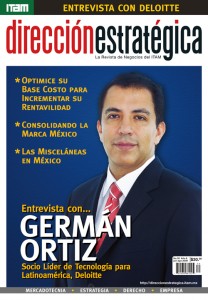

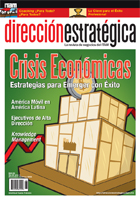

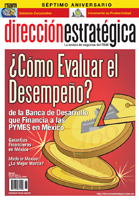
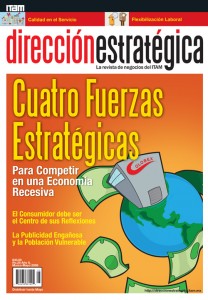
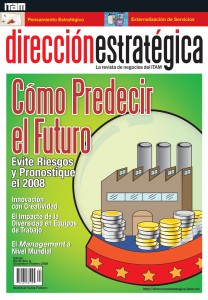




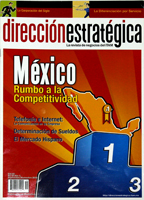

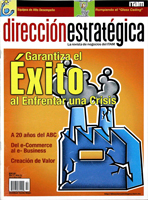


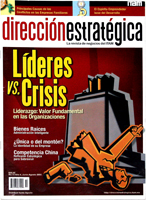






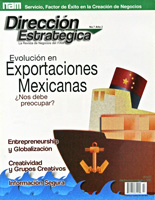

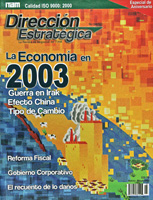




6 Comments
Artículo muy necesario. Sí es verdad que uno suele perderse en planes de negocios, con el distintivo toque y profundidad según el área que domine su autor: mercadotecnia, finanzas, etc. El modelo de negocio, como antecesor del plan, tiene una alta probabilidad de ordenar el pensamiento del emprendedor; orden, orden en el intelecto.
Saludos
Es una aportación importante que hace el artículo con la diferenciación entre plan de negocio y modelo de negocios, que últimamente ocasionan confusión y que se toman como similares, y cuyo tema se ve precisamente en la Dirección Estratégica, cuando se tiene que definir el modelo de negocios y las estrategias que se seguirán.
Haber perdido un poco de tiempo en leer este artículo, puede que me ahorre mucho tiempo en el futuro.
Excelente artículo, gracias por aclarar el malentendido a nivel teórico-empresarial.
Buen artículo Daniela, en el último párrafo se describe claramente una definición de modelo de negocio, que básicamente se acentúa en el funcionamiento de un negocio para la generación de ingresos y creación de valor. Gracias. Espero que comenten sobre Empresas Sociales también. Exitos!
Estimable Daniela, es plausible tu interés por tratar de aclarar los dos conceptos, pero es lamentable tu uso del espanglés, además, existe algo que se llama proyecto de inversión y sin él, ninguna empresa o emprendedor se atrevería a canalizar recursos, sin conocer previamente su rentabilidad y factibilidad técnico-económica.